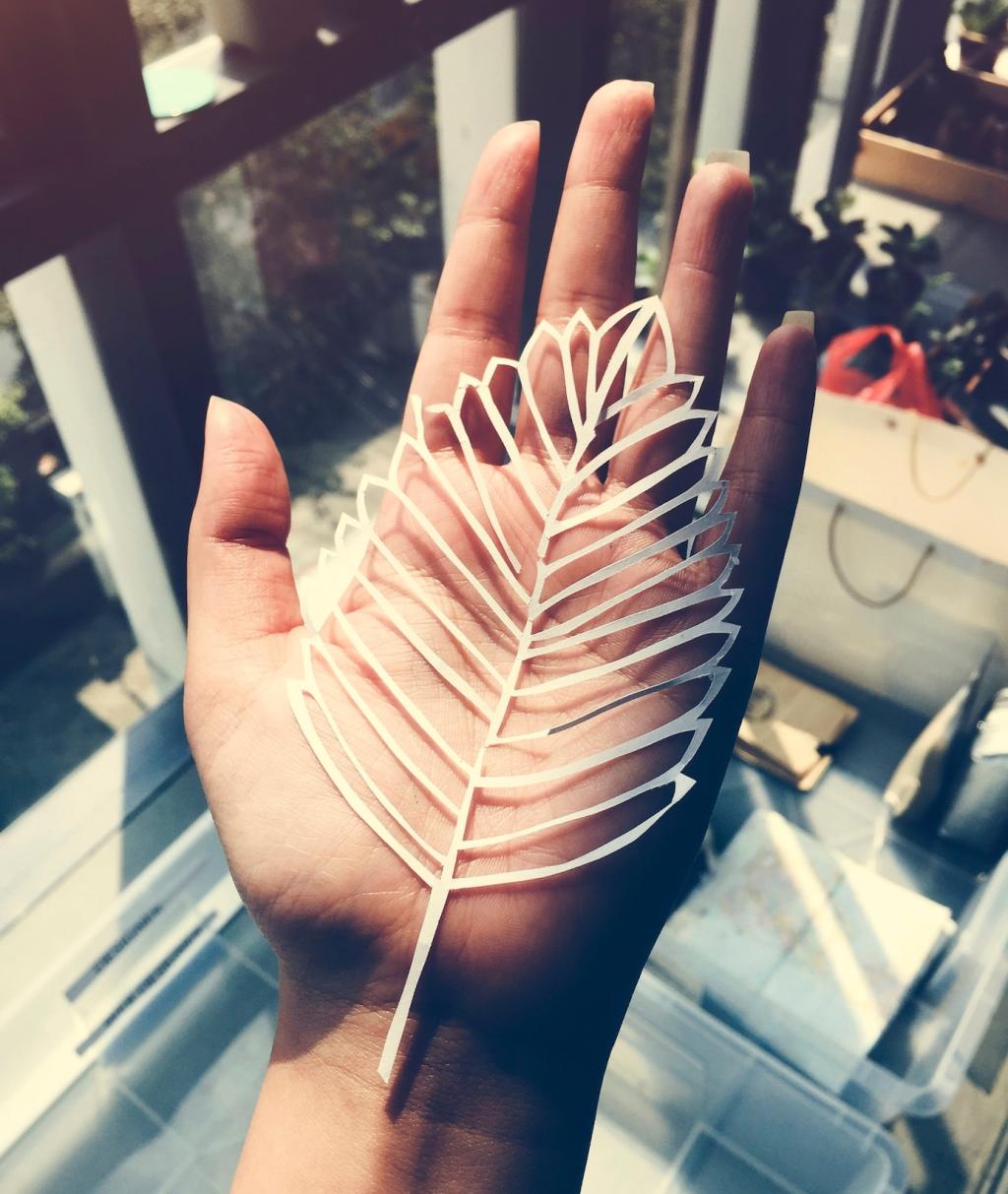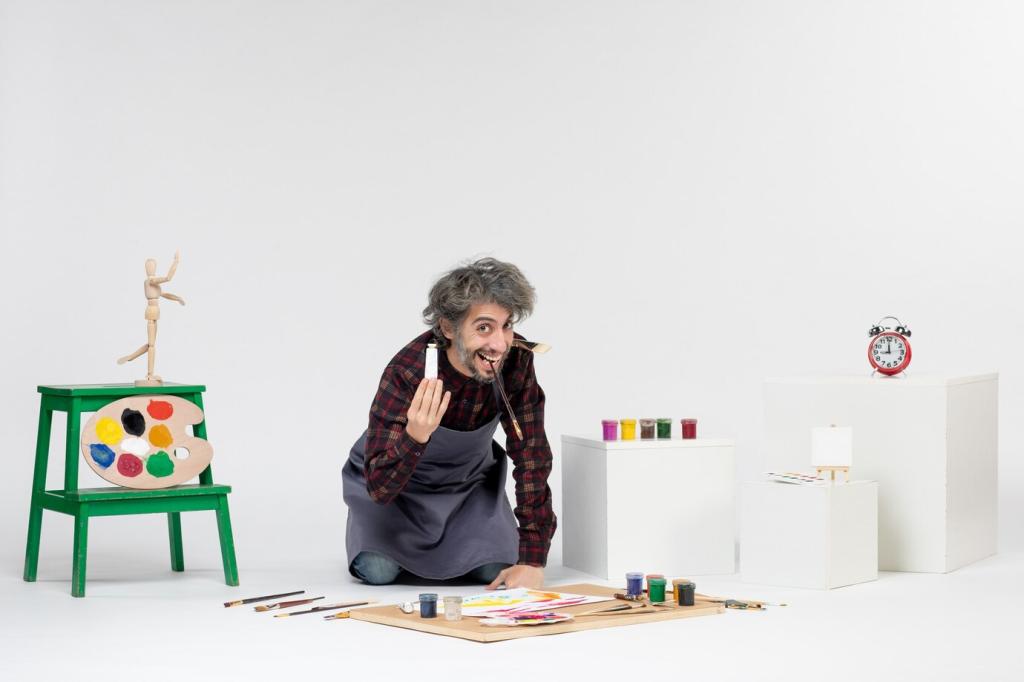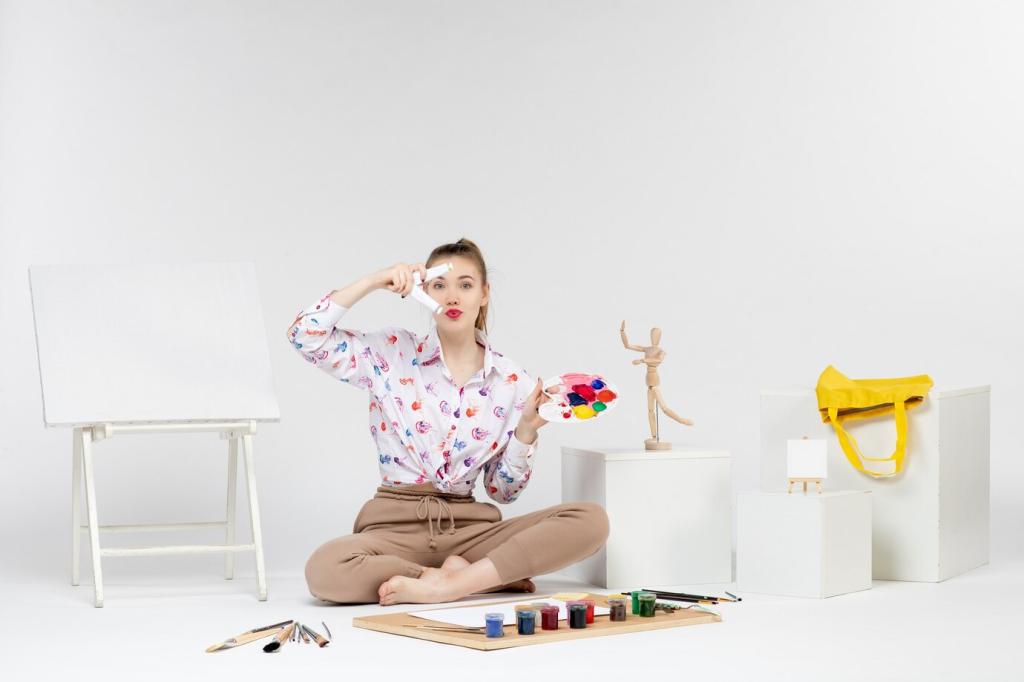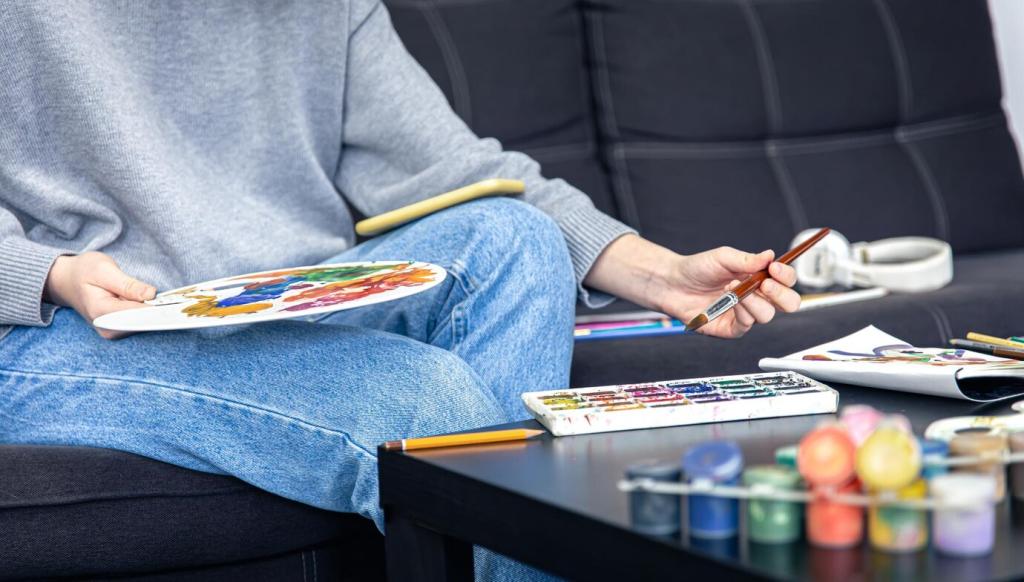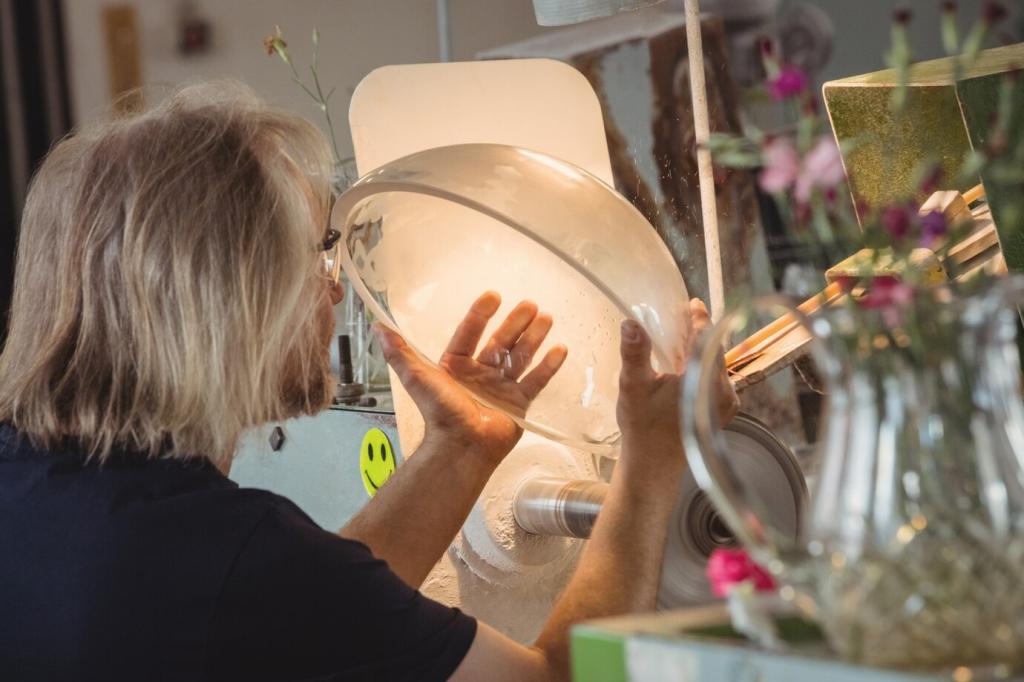
Coloring Techniques for Mindful Relaxation
Chosen theme: Coloring Techniques for Mindful Relaxation. Sink into a gentle rhythm of color, breath, and presence as we explore soothing methods that quiet busy thoughts and invite soft, restorative focus. Subscribe, comment, and color along with us today.

Pair slow, even breaths with each stroke to create a steady rhythm. This simple synchronization nudges the nervous system toward calm, reduces mental clutter, and turns pages into a refuge where thoughts can soften without pressure.

Mindful relaxation grows when we release perfectionism. Treat every imperfect line as a welcomed footprint of presence; the gentle repetition of strokes becomes a meditation that favors curiosity over critique and progress over flawless outcomes.

Coloring offers structure without stress. The boundaries of shapes guide attention while repetitive motions lower rumination, leading to a satisfying sense of completion that supports sleep, steadies emotions, and opens space for kinder self-talk.
Core Techniques for Soothing Strokes
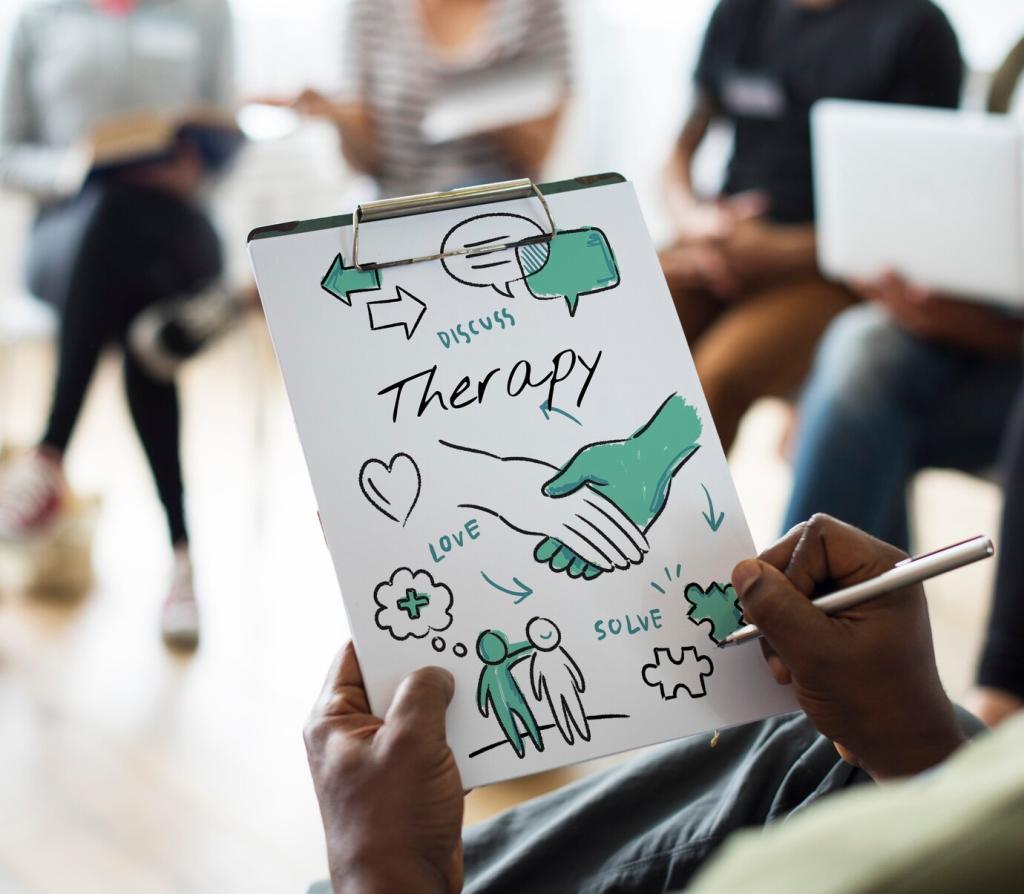
Begin with whisper-light pressure, then gently increase to medium, returning to light as you exhale. This wave-like sequence mirrors calmer breathing patterns, loosens tight shoulders, and imprints a tactile memory of relaxation onto the page.
Color Psychology for Relaxation
Cool Hues that Quiet
Soft blues, sea-greens, and muted purples can encourage steadier breathing and a slower inner tempo. Use them in backgrounds or large shapes to create a visual hush that welcomes calm before adding any brighter accents.
Earth Tones for Grounding
Olive, clay, moss, and warm sand tones connect attention to natural textures. When your thoughts feel scattered, layering earthy hues can feel like placing your feet on solid ground, restoring steadiness without draining energy.
Accents with Intention
Introduce small sparks—coral, goldenrod, or soft apricot—sparingly to lift mood without overwhelm. Accents work best as mindful punctuation marks, guiding the eye gently while preserving the page’s overall restful atmosphere.
A 10-Minute Mandala Session
01
Sit comfortably, shoulders relaxed, feet grounded. Lightly note your intention—perhaps steadier breathing or kinder self-talk. Choose two cool colors and one warm accent, then take three slow breaths before your first quiet stroke.
02
Color one ring per exhale using light pressure. On inhales, pause and notice the paper’s texture. Build a gradient around the circle, letting each layer mirror your settling breath, like ripples softening across a calm pond.
03
Finish by outlining the center with your accent color. Sit for thirty seconds, eyes on the mandala, noticing any shifts in mood or tension. Jot a sentence about how you feel and share your reflection with our community.
Tools That Feel Good to Use
Look for buttery cores that blend smoothly at light pressure. Softer leads encourage gradual build-up, making it easier to relax your grip and let color bloom without forcing, which keeps shoulders and hands comfortable longer.
Tools That Feel Good to Use
Choose medium-to-heavyweight paper with slight tooth. It catches pigment gracefully and tolerates multiple passes, allowing soft gradients without scratching. The tactile feedback becomes part of the meditation, guiding steady, unrushed movement.
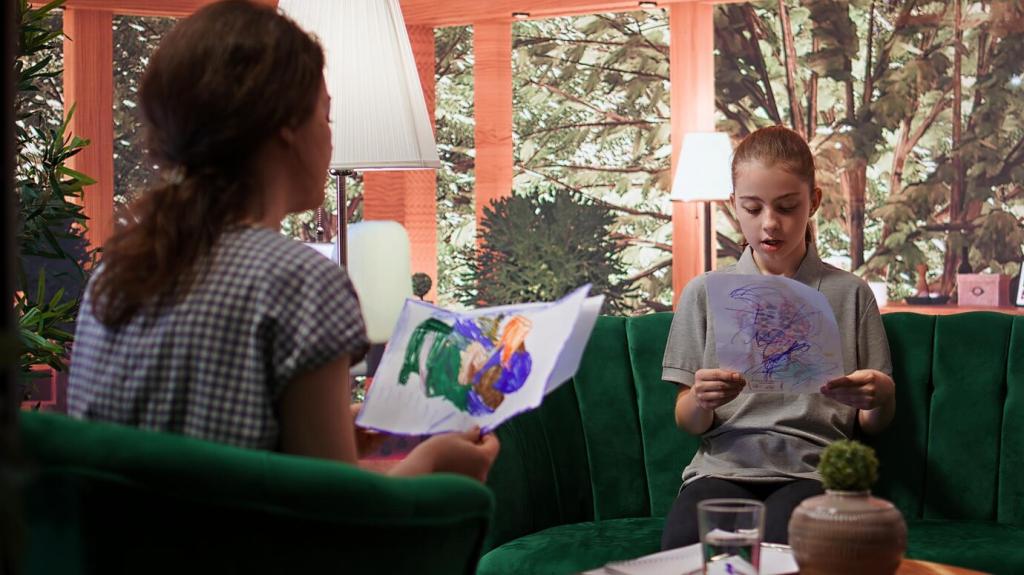
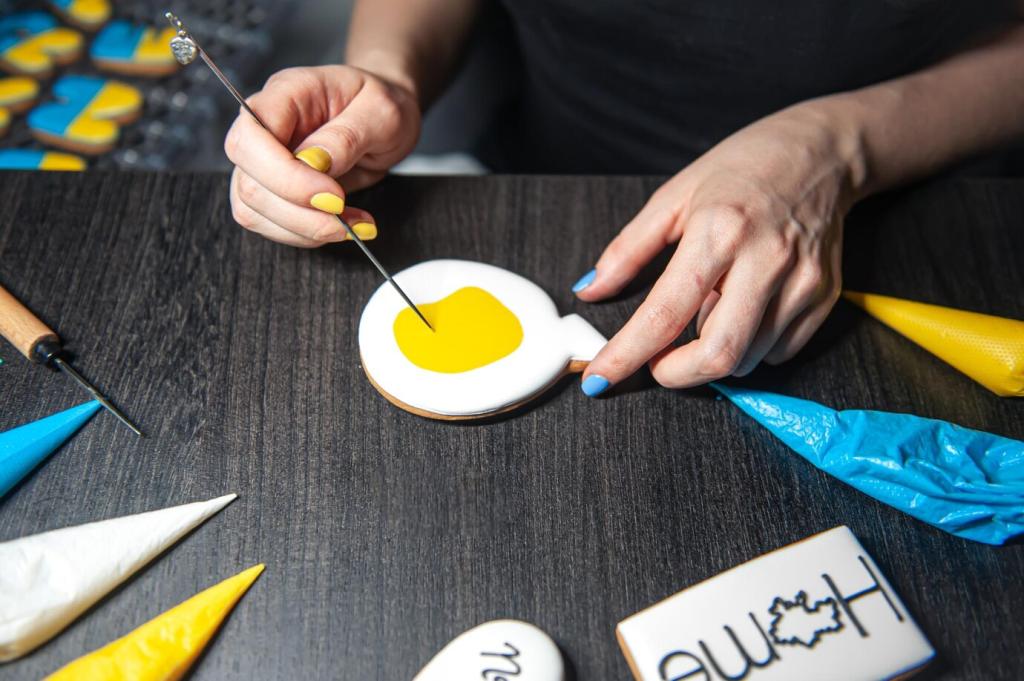
A Reader’s Story of Finding Quiet
Riley began shading tiny leaves during a noisy commute. Matching strokes to station stops, they discovered five minutes could reset a whole day. The page became a pocket of refuge, a portable sanctuary painted in moss and slate.
A Reader’s Story of Finding Quiet
Evenings once spiraled into doom-scrolling. Riley set a timer, dimmed lights, and colored a single motif nightly. Over weeks, softer breathing arrived sooner, and sleep followed without negotiation. Ritual replaced restlessness, one quiet gradient at a time.
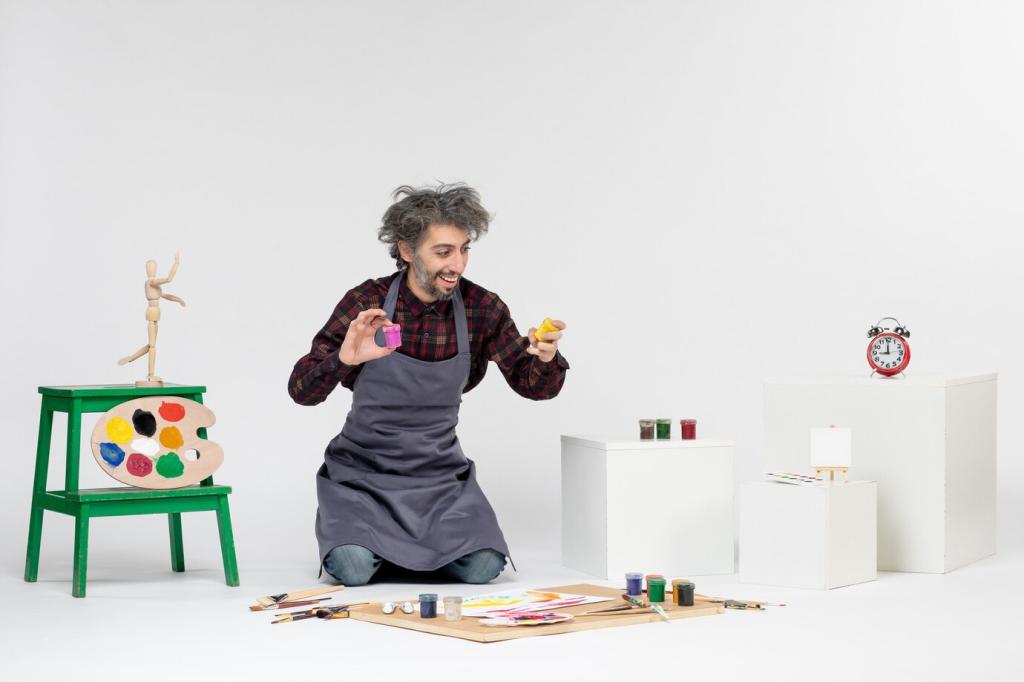

When Relaxation Feels Out of Reach
If mistakes spike frustration, try a warm-up page devoted to playful scribbles. Set a rule to leave errors visible and add a soft shadow beside them. Reframing imperfections as texture loosens pressure and restores curiosity.
Too many choices can agitate focus. Limit yourself to three colors per session—two calming hues and one accent. Pre-select them before you begin so your mind can rest inside doing, not deciding.
Neck strain ruins calm. Support forearms on a pillow, keep shoulders dropped, and place feet flat. Every five minutes, pause to roll wrists and take two slow breaths, letting posture and respiration reset together.
